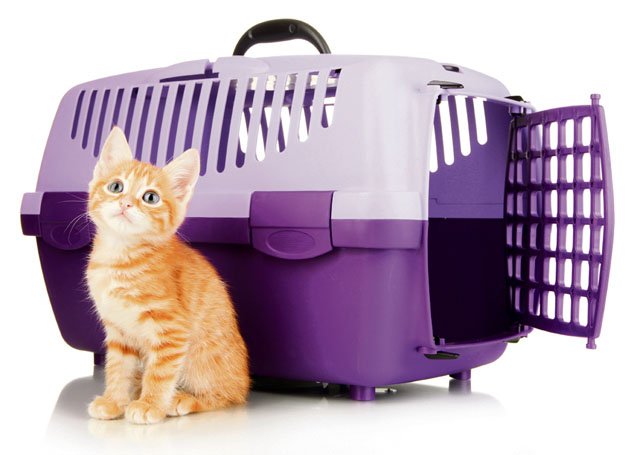
Information courtesy of
the Department of State
• Reserve air space for shipment as early as possible.
• Do a cost comparison of shipping your pet as excess baggage versus air freight shipment, if applicable.
• Provide a sturdy leak-proof crate (lined with absorbent material such as newspaper) that is large enough for the animal to stand, lie down, or turn around in, but not so large that the animal would be battered around in rough weather.
• Let your pet become accustomed to the crate before shipment by having practice sessions that build in time of confinement. Be sure the pet has a comfortable pad to lie on and a few familiar toys. A leash should also be included with the crate.
• Put identification tags that include an emergency phone number around your pet’s neck.
• Print your name and destination address clearly on the shipping crate. Include your pet’s name, so that attendants can talk with him/her. If the pet has special habits — or bites —also include that information.
• Carry a photo of your pet with you.
Feed your pet just a light meal about six hours before shipping — no water within two hours unless it is very hot (or the animal is very small). A water dish that is attached so it cannot tip should be provided, but it should be conveniently located to allow an attendant to provide water at stopovers without being bitten.
• Send dry food along if the trip is long.
• Do not tranquilize the animal.
• Exercise your pet just before shipping so your animal will sleep better during the trip.
• Check with the agent who meets the flight about your pet’s progress when you are changing planes.
• Allow plenty of time between connecting flights to be sure your animal is transferred to your flight if traveling with you.
• Arrange to have your pet picked up immediately upon arrival. Airline facilities for pets may be limited or nonexistent.
